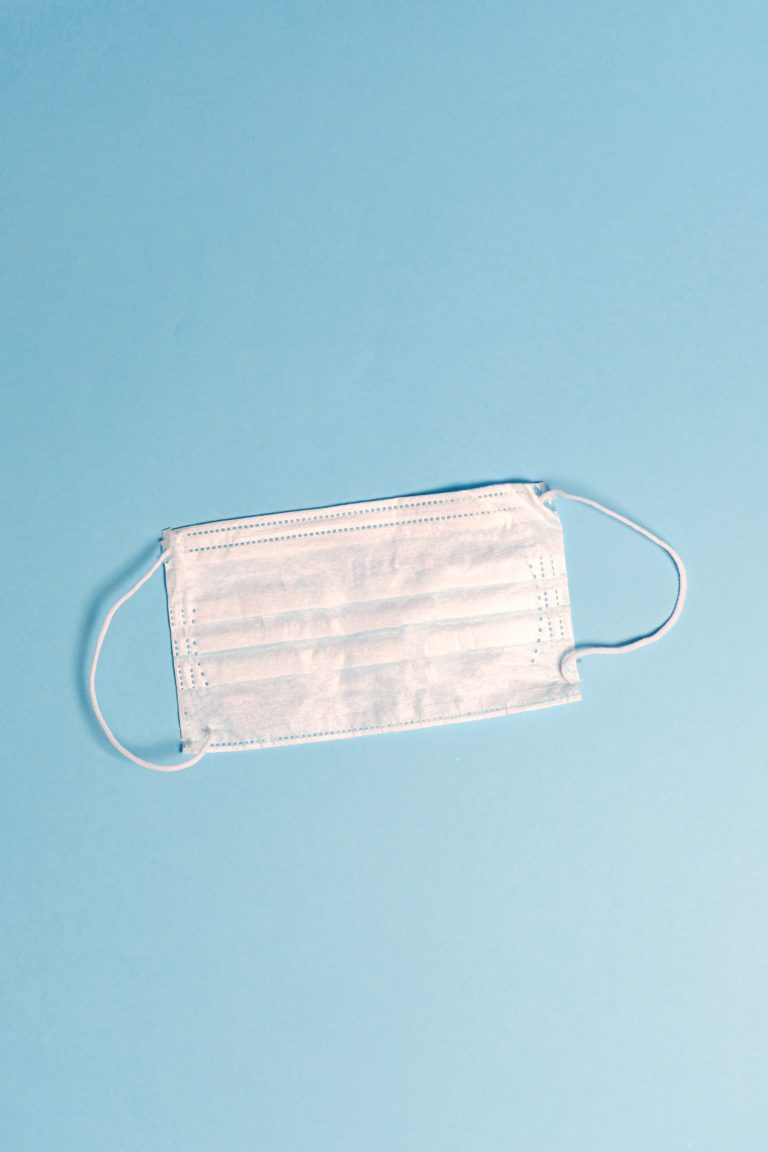The need to wear a mask is now part and parcel of our daily routine given the COVID- 19 pandemic. About three years down the lane, coronavirus disease is still here with us. The Kenya Bureau of Standards (KEBS) invoked their continuity agenda, for example, developing standards for COVID-19 products such as hand sanitizers, personal protective equipment (PPEs), and masks and, among others, which were made available free of charge on their website. During this period, KEBS certified more than 130 companies to produce face masks. This was a huge increase in certification of companies producing masks in Kenya compared to other years. Similarly, the capacity to produce masks globally increased.
All adults above 18 years and school-going children are expected to wear masks as a safety measure to fight the coronavirus since the disease is still at large and spreading. The capacity of disposable masks being used daily in the country is about 23.8 million, resulting in 714 million masks being used per month. Considering cases were first reported in March 2020, this amounts to several tonnes of wastes that require careful disposal measures.
The National Environment Management Authority (NEMA) is the state agency responsible for managing environmental affairs. When NEMA was rolling out the National Guidelines for the Management of COVID-19 Waste, which considered biomedical waste and its disposal, the modalities of disposal of masks by the public was not addressed.
The national guidelines for the management of COVID-19 waste disposal is clear, but strictly in medical and biomedical wastes. This situation should be revised to address the current norm, where masks are not only used by the doctors and the constructors, but also by the public. The Environmental Management and Coordination (waste management) Regulations of 2006 and the Environmental Management and Coordination Act 1999 are among the legal frameworks that should be revised to incorporate the regulations to guide disposal by the public. This will significantly reduce the environmental risks associated with the disposal of masks.
Dust bins have been strategically placed in various locations within the city centres, with the assumption that the public is fully aware of these bins and how to utilize them. Although some members of the public understand the importance of the bins and use them as required, most of them need to be sensitized. This awareness could be created through various media platforms that are accessible to everyone, such as through radio. Both the National and County governments need to ensure that these bins are available almost everywhere for easy accessibility by the citizens, not just in the central business districts and the major towns.
Masks are non-biodegradable and if the disposal mechanism is not properly addressed, it is likely to cause a threat to the environment. The consequences include health risks and high costs associated with blocked sewer and drainage systems.
The Ministry of Health platform for creating awareness on the use of masks can also be a sensitization platform for proper mask disposal, and so is the mainstream media, social media, television, among others.
The KEBS/NEEMA consider developing guidelines for the manufacture of masks as workable solutions to the disposal of their products. This could be conditioned on them
getting certification. This approach is likely to instill discipline among the manufacturers and ensure that the consumers know how to deal with the disposal at the point of purchasing the mask.
NEMA can effectively deal with the disposal of face masks in the country, to reduce the daily face mask waste generation between single-use cases, by adopting and implementing recycling techniques such as toll stations and reusable incidences. This approach has worked well in countries such as Peru.
The effect of waste management will be positively felt as this will reduce waste mismanagement and poor environmental awareness. It is also pocket friendly to the Kenyans in a developing country such as Peru where a similar study was conducted by the World Health Organization.
Authors: Matilda Owino, Young Professional, Partnerships Department
Mohammed Abdullahi, Young Professional, Governance Department






